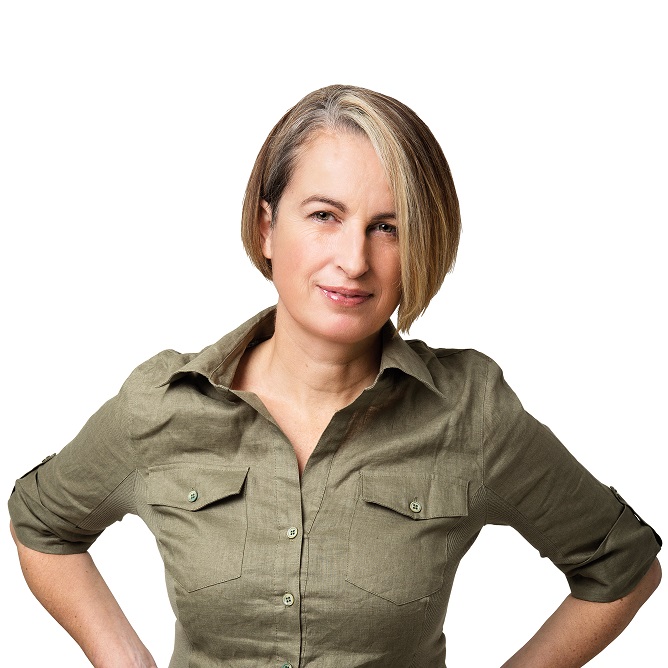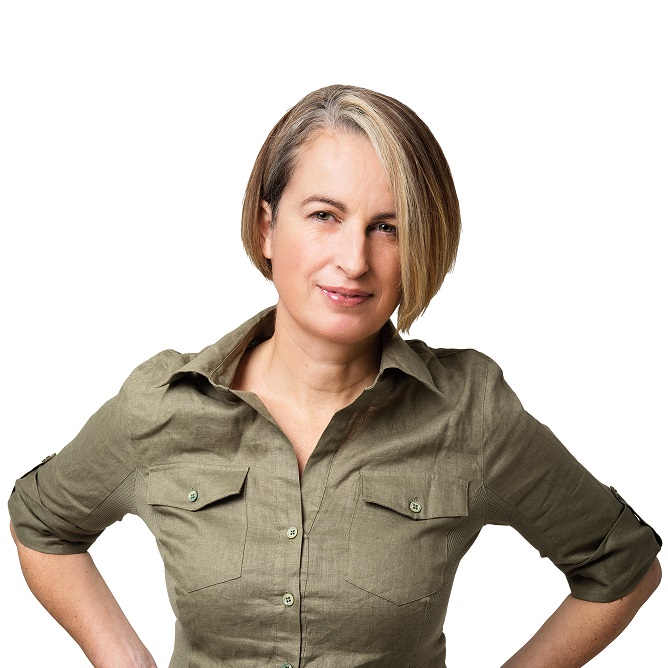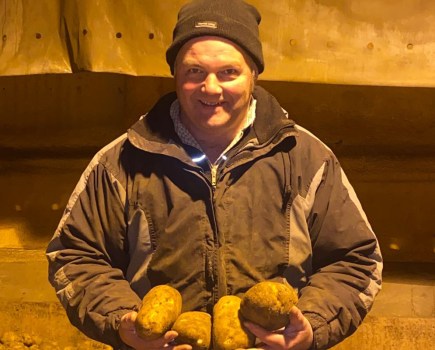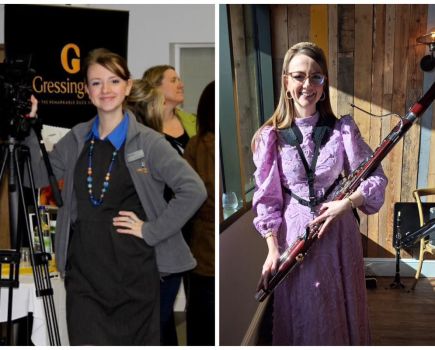 It’s not very often I receive an open invitation to visit a farm, so when Richard Solari asked me earlier this year it wasn’t an opportunity I was going to miss. By fortuitous timing I was able to join a group of UK Irrigation Association members on a tour of the farm, who were an eclectic group with enormous enthusiasm, experience and knowledge.
It’s not very often I receive an open invitation to visit a farm, so when Richard Solari asked me earlier this year it wasn’t an opportunity I was going to miss. By fortuitous timing I was able to join a group of UK Irrigation Association members on a tour of the farm, who were an eclectic group with enormous enthusiasm, experience and knowledge.
Irrigation is a subject which, to be honest, I’ve always thought was a bit boring – a necessity that’s often regarded as more of an ‘irritation’. Oh boy, I was wrong! It’s a science and an art and something that evokes a passion among those who appreciate this.
Chatting to an economist who had worked for the World Bank for decades in countries where water is truly scarce, I found out that using water more efficiently isn’t a good way to tackle water scarcity. That means drip irrigation isn’t necessarily more resource friendly than a rain gun and a flooded paddy field could be better than an irrigated crop. That flies in the face of the reasoning of many people and is something I hope to explore more in 2020.
But it was the profundity of the words of Danish-Icelandic artist, Olafur Elliason, that really struck home – ‘instead of being guided by our past, we have to be guided by the future.’ That’s mind-bending stuff. So what do we already know the future will hold? An end to production subsidies, further rationalising of available pesticides, a changing climate that will impact not just weather patterns but the pests and diseases that will become prevalent. Undeniably that adds up to a new approach to doing things, even without taking into account the political and technological influences that will help shape the future.
But we also know that the global population is growing and will need feeding and housing so demand for food and fibres will increase. It was interesting to hear the Solari family have decided to produce food for humans and not animals, and this is regarded as a more sustainable use of land by many in academia. Perhaps the future is indicating more specialisation for farms, with fresh produce production at the fore where soil type and water supply support it, milling wheat where it can be reliably grown and more fibre crops where land is more marginal. The construction industry is likely to be encouraged to make a change to utilise more renewable materials such as hemp and straw as their contribution to reaching net zero, so fibre could be an expanding market.
At different points on the visit to the Solari farm I found myself sitting next to a Shrops organic farmer and his son. In my naivety (note the years of conditioning that underpinned my question) I asked if there really was money to be made in an organic system. The son looked at me as if I’d fallen off another planet and calmly answered that they wouldn’t be doing it if there wasn’t! Later I learned that this wasn’t a tiny little organic operation, this was an expanding 1000ha producing carrots and potatoes. The farm utilises two dairy businesses which have re-established their link to mixed farming, something that so many arable enterprises have lost but the organic growers view as fundamental to keeping the soil in good heart. Spring cropping is their norm to beat the weeds, which for them is the biggest problem they face as organic growers. I’ve long been of the view that organic farming is highly skilled. It requires a much deeper understanding of pests, weeds and diseases to control them culturally and there must be plenty more conventional growers can learn from their experiences.
Richard’s view is that there won’t be any chemicals worth putting in the sprayer within five years. That’s a future that he sees as possible and is one that has many of us quaking in our boots because we’re an industry that has become so reliant on a chemical solution to all our problems. But do we need to be? That’s an interesting one and perhaps the future will guide us to the answer if we let it.
Based in Ludlow, Shrops, CPM technical editor Lucy de la Pasture has worked as an agronomist. @Lucy_delaP




